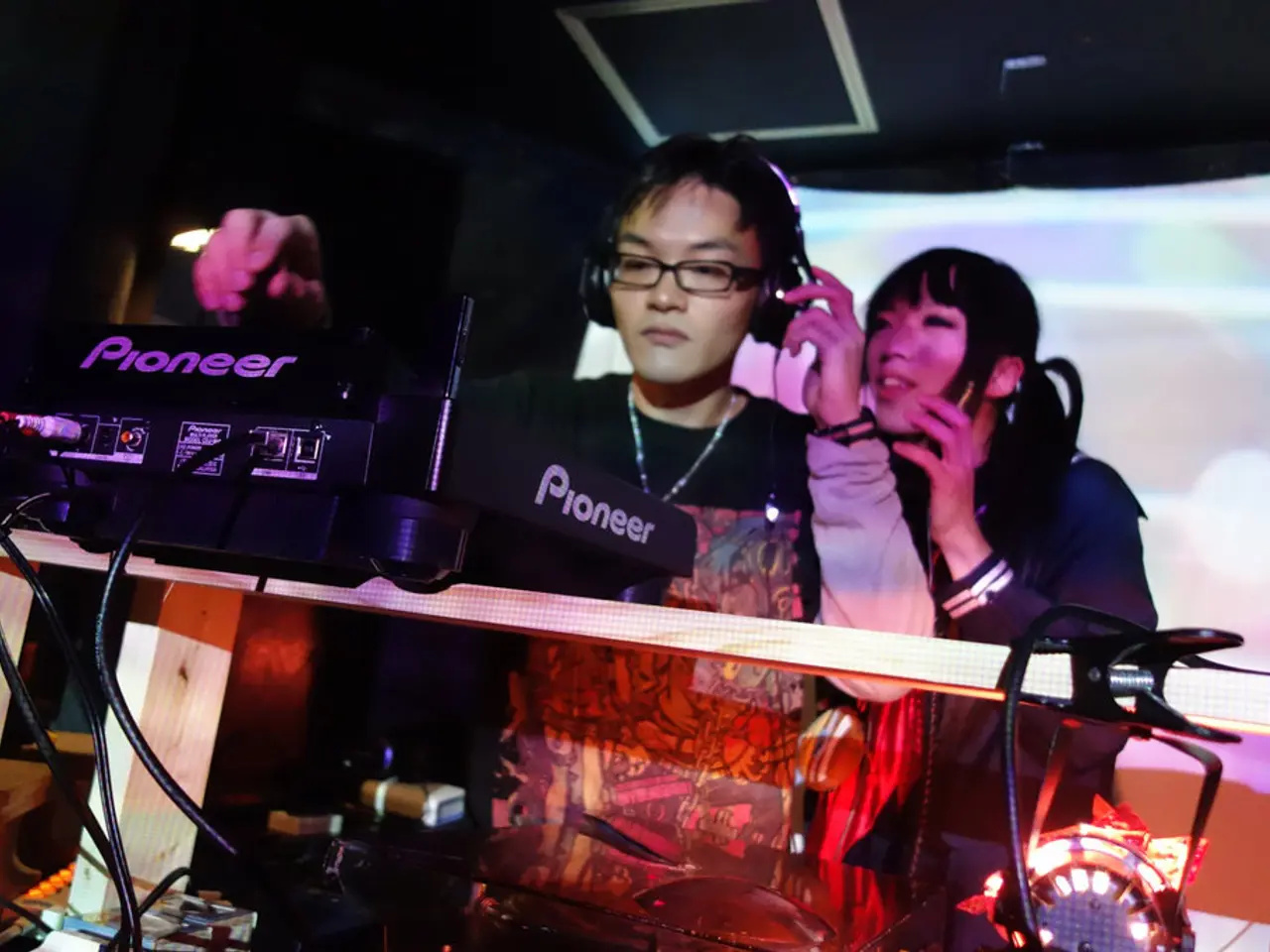Connecting a Mixing Board to a Computer Simplified: A Step-by-Step Guide
In the realm of audio production, connecting a mixing board to a computer is a common requirement for music production, podcasting, and live streaming. Here's a step-by-step guide on how to set up your mixing board with a computer.
Essential Components
To connect a mixing board to a computer, you'll need:
- A mixing board (analog or digital)
- An audio interface (unless your mixer has a built-in interface)
- USB (or Thunderbolt/FireWire) cables
- A computer with appropriate software (DAW or streaming application)
Determining Mixer's Built-in Interface
- Check if your mixer has a built-in audio interface.
- If yes, you can connect the mixer directly to the computer via USB, which simplifies the setup with fewer cables and no additional interface needed.
- If no, you will need a separate USB audio interface that acts as a bridge by converting the mixer’s analog output to a digital signal the computer can understand.
Connecting the Mixer and Audio Interface (if separate)
- Connect the mixer to the audio interface.
- Use the mixer’s main outputs (usually balanced 1/4" TRS or XLR) to connect to the inputs of the audio interface.
Connecting the Audio Interface to the Computer
- Connect the audio interface to your computer.
- Use the appropriate cable (usually USB) to connect the interface to your computer’s USB port. Avoid USB hubs and prefer USB 2.0 ports for stability.
- For Windows users, install any required drivers from the audio interface manufacturer. Mac users usually do not need extra drivers if the interface is class-compliant.
Configuring the Computer's Audio Settings
- Configure your computer's audio settings.
- Set the audio interface (or USB mixer) as the default input and output device in your OS sound settings.
- Open your DAW or streaming software and select the audio interface as the input/output device.
Testing and Adjusting Levels
- Test and adjust levels.
- Start with mixer and interface volume controls low, then gradually increase them to avoid clipping or distortion.
- Monitor the signal using headphones or studio monitors connected to the interface output.
Additional Notes
- Some mixers include an SD card slot and USB playback functionality, adding flexibility for direct recording or playback without a computer.
- Ensure proper cabling: XLR cables for microphones to mixer inputs, 1/4" cables for instruments, and balanced cables for outputs to minimize noise.
- It’s useful to familiarize yourself with basic DAW setup to route and record signals correctly.
This setup allows you to capture high-quality audio signals from the mixer and route them cleanly into your computer for recording, live streaming, or podcasting workflows.
Remember to properly set the mixer as the primary audio input/output device in the computer's sound settings, adjust gain and volume levels to avoid distortion when monitoring, and configure the streaming software to use the mixer as the audio source and adjust settings to balance audio levels for live streaming.
- To connect a mixer to a computer for music production or live streaming, you might need an audio interface if your mixer doesn't have a built-in interface.
- In a home studio setup, a mixer's main outputs can be connected to the inputs of an audio interface, which then connects to the computer via USB.
- With an integrated audio interface, a mixing board can be connected directly to the computer, streamlining the setup process and reducing cable clutter.
- For effective music production or audio recording, knowing how to configure the computer's audio settings is crucial, ensuring the mixer and audio interface are set as default input and output devices.
- A computer's audio settings must be correctly configured so that the DAW or streaming software takes the audio from the mixer or USB audio interface, enabling clean recording and live streaming.
- When setting up a home studio, it's essential to have an understanding of how to test and adjust the levels of the mixer, audio interface, and microphones to minimize clipping or distortion during recordings or live streams.




